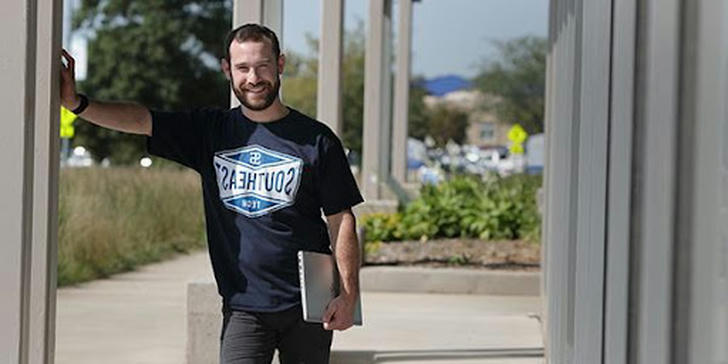FAQ: Everything You Need to Know About Getting a CDL in the United States
The Commercial Driver's License (CDL) course in the United States is designed to train and certify those who wish to drive commercial vehicles such as heavy trucks, passenger cars, and hazardous materials transporters. Here are some key information about the CDL course:

CDLs are divided into three classes:
Class A: For combined vehicles with a total weight of more than 26,001 pounds and a trailer that exceeds 10,000 pounds.
Class B: For a single vehicle with a total weight of more than 26,001 pounds and a trailer that does not exceed 10,000 pounds.
Class C: For vehicles that transport 16 or more passengers (including the driver) or certain types of hazardous materials.
Basic Steps to Getting a CDL
Meet the Basic Qualifications: Applicants must be at least 21 years old (interstate transportation) or 18 years old (intrastate transportation), have a valid regular driver's license, and meet federal medical requirements.
CDL Learner's Permit (CLP): First, you need to pass a written test to obtain a temporary learner's permit. Complete a CDL training course: Many states require applicants to complete a CDL training course offered by an approved driving school. These courses include classroom instruction and practical driving training.
Pass a skills test: The test includes a pre-inspection inspection, a basic control skills test, and a road test.
Background check: Certain special categories (such as hazardous materials transportation) require passing a background check.
CDL training course content
Theoretical courses: Cover driving rules, traffic regulations, vehicle operation principles, safe operating procedures, etc.
Practical driving training: Includes parking, reversing, steering, lane changing, highway driving and other techniques.
Specialized training: Depending on the different CDL classifications and additional qualifications, it may also include specialized training such as hazardous materials handling, passenger safety, and long-distance transportation.
Additional Qualifications and Endorsements
Depending on the driver's needs, there are different additional qualifications and endorsements that can be selected, such as:
T: Double/Triple Trailer
P: Passenger Vehicle
N: Tank Truck
H: Hazardous Goods
X: Tank Truck and Hazardous Goods Combination
Cost and Time
Cost: The cost of the CDL course varies by state and training institution, and is generally in the thousands of dollars.
Time: Full-time courses usually take a few weeks to a few months to complete, depending on the intensity of the course and the individual's learning progress.
Frequently Asked Questions
Is a high school diploma required? Most states do not require a high school diploma, but having a basic level of education helps to understand the training content.
What are the physical examination requirements? Drivers must pass a DOT (Department of Transportation) physical examination to ensure that they are physically fit to operate a commercial vehicle.
